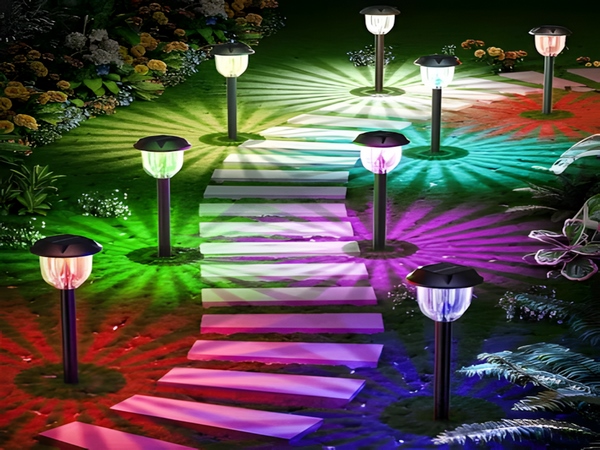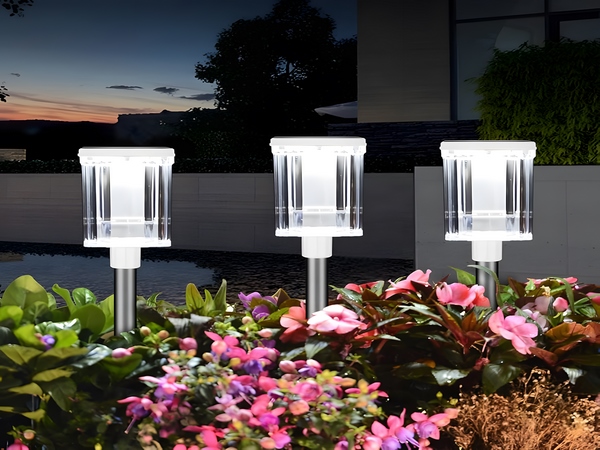
From the overall market share of different types of outdoor lighting streetlights, the solar streetlight has shown a significant upward trend in recent years. However, the demand for conventional electric streetlights remains higher. Although there is great development potential in rural areas, urbanization is rapidly advancing. Urban streetlights require higher power and brightness, and due to the influence of skyscrapers and urban landscaping, solar streetlights are not widely used in cities. Therefore, at present, solar streetlights are mainly applied in rural areas and regions with ample sunlight.

The solar streetlight industry has been around for many years. Compared to conventional electric streetlights, solar streetlights indeed have many advantages, and future technology will continue to improve and expand their applications. However, solar streetlights also have their disadvantages, making it difficult to say they will become the mainstream in the future streetlight market. Generally, ordinary solar streetlight manufacturers adopt two approaches to enhance their performance in cloudy and rainy days. One way is to increase the power of the solar panel while also enhancing battery capacity. Larger solar panels and battery capacities provide greater endurance, which is a more reliable method. However, this would significantly increase costs, making the products less price competitive. In fact, few manufacturers follow this approach; many instead resort to overstating illumination power by reducing the power of the light source to meet the minimum requirements under cloudy conditions. Reducing the power of the light source effectively diminishes energy consumption without the need to upgrade solar panels and battery capacity, thus extending the number of days these lights can operate in cloudy or rainy weather. However, the resultant lighting power will, of course, fall below the actual lighting requirements.

Therefore, when choosing solar streetlights, the first consideration should be to compare their brightness at the same illumination power. Currently, products that can achieve brightness levels 20-100% higher than other conventional solar streetlights at the same configuration, while also extending lifespan and performance in rainy days 3-5 times, are available. Thus, construction companies have already provided good answers for selecting solar streetlights.
Outdoor lighting—LED solar streetlight manufacturers focus on technological quality as their core competitive advantage. If you are interested in outdoor engineering lighting or have any questions, please reach out to us. We are committed to being your attentive procurement advisor and provide one-stop overall services.



